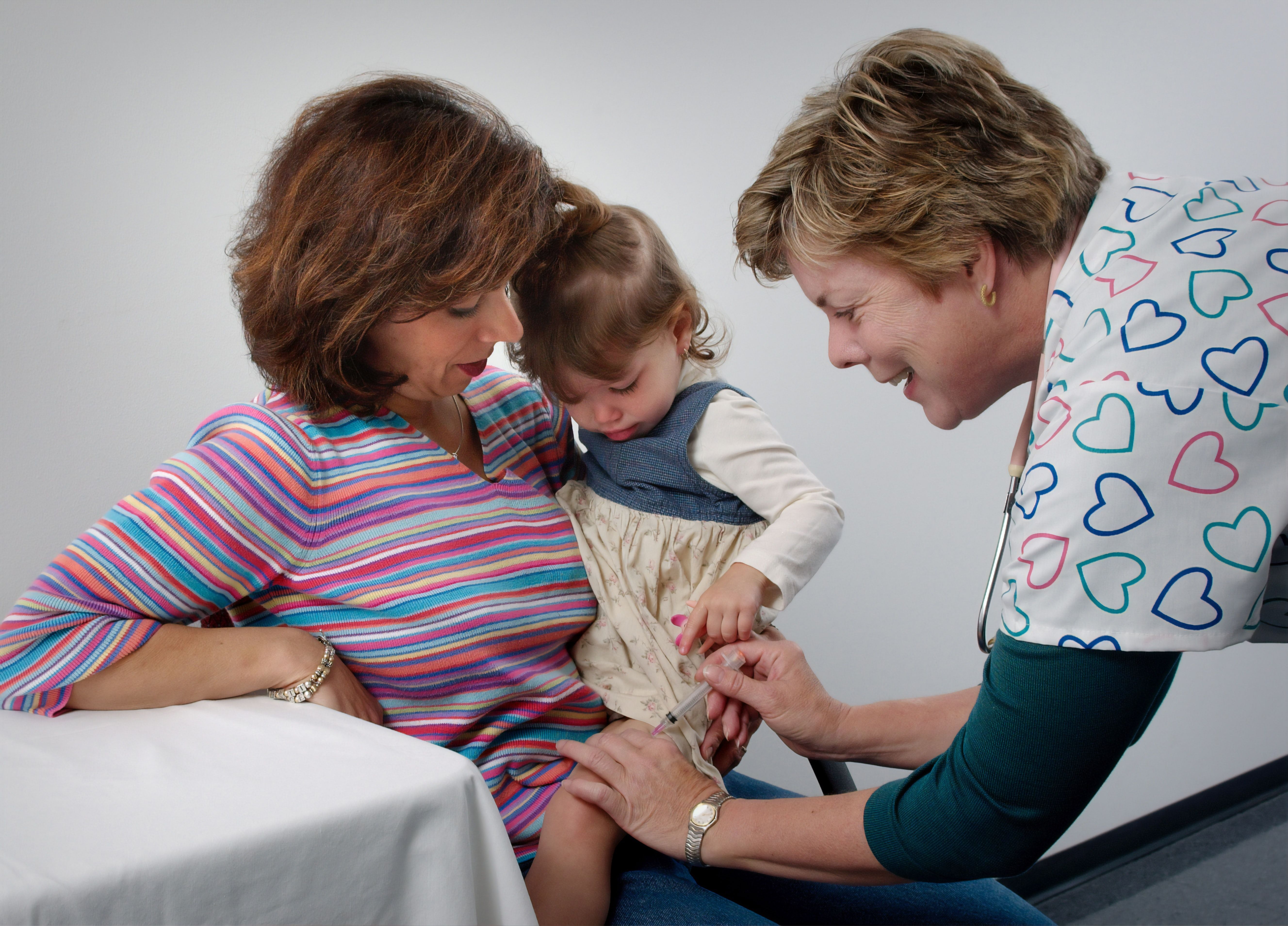Article
HCV Prevalence Could Be Higher in Pediatrics Than Previously Thought
Author(s):
Direct-acting antivirals has increased the need to treat children HCV patients before they begin to engage in dangerous behaviors.

The prevalence of hepatitis C virus (HCV) infections might be higher in children, particularly in children older than 10, than what was previously believed.
A team, led by Vasiliki Melikoki, Department of Pediatrics, General Hospital TZANEIO, reviewed medical articles describing the prevalence of hepatitis C in pediatric patients to assess infection rates in the general population.
There is an estimated 80 million HCV patients since the discovery of the virus more than 30 years ago. However, with the advent of direct-acting antivirals for children as young as 3 years old, there is a need to treat this patient population before they development high-risk behaviors.
“Assessing the current epidemiology of HCV in children becomes important and may promote awareness,” the authors wrote.
Limited Data
In the study, the researchers identified and analyzed the data from 58 studies, while excluding studies only focusing on high-risk groups. However, there was a scarcity of national data that limited the study.
There was a 0.87% overall prevalence of the virus in pediatrics, which ranged from 0.34% in Europe to 3.02% in Africa. Data synthesis from the data indicated HCV viremia was detected in 56.8% of the patients.
Sex and Age
In addition, the prevalence of hepatitis C according to sex was described in 25 available studies. However, there was no difference between the sexes detected.
When looking at age, the prevalence of the virus was significantly higher in children older than 10 years old (0.97%) when compared to individuals younger than 10 years old (0.75%; P <0.001).
“Considering probable underdiagnosis of HCV infection in children, this information reveals that prevalence is substantial,” the authors wrote. “One may argue that future strategies aiming towards HCV elimination, may need to include antiviral treatment of pre-adolescent children as well.”
A Promising Future for DAAs
Earlier this year, researchers found a pediatric formulation of DAA therapy glecaprevir/pibrentasvir (GLE/PIB) is highly effective and well-tolerated in pediatric patients with HCV.
The study enrolled 80 patients with chronic HCV infection, genotypes 1-6, with or without compensated cirrhosis. The children were split into three age-based cohorts and given weight-based doses for either 8, 12 or 16 weeks. The primary endpoints were sustained virologic response at 12 weeks (SVR12) and steady-state exposure.
Of the 80 patients in the study, 77 achieved SVR12. One patient on the initial dose ratio had relapsed within 4 weeks of the end of treatment and 2 non-responders discontinued the study.
In the end, the investigators found doses of 250 mg GLE and 100 mg PIB were efficacious for children weighing 30 up to 45 kg. A dose of 200 mg GLE plus 80 mg PIB worked for children from 20 up to 30 kg, and the smallest patients (those 12-20 kg) achieved results at a dose of 150 mg GLE plus 60 mg PIB. No serious drug-related adverse events were reported and pharmacokinetic exposures were comparable to those of adults.
The study, “Seroprevalence of Hepatitis C in Children Without Identifiable Risk-Factors: A Systematic Review and Meta-Analysis,” was published online in the Journal of Pediatric Gastroenterology & Nutrition.





